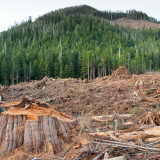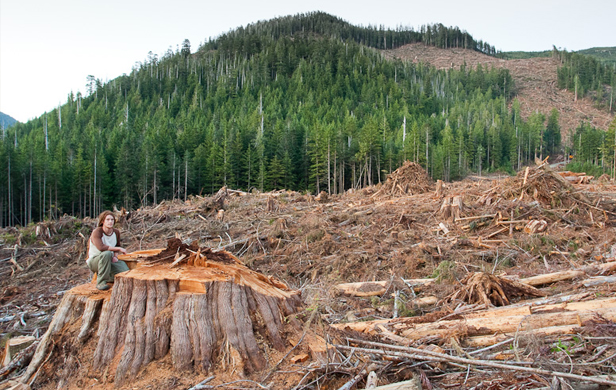Read this story from CTV.ca on last night’s packed town hall meeting in Burnaby, where concerned citizens learned about Kinder Morgan’s proposal to build a new Tar Sands pipeline to Vancouver and dramatically increase supertanker traffic through Burrard Inlet and the South Coast. (Oct. 11, 2012)
Hundreds of Burnaby residents gathered at a town hall meeting to oppose the expansion of the Kinder Morgan pipeline Wednesday night.
A proposal to twin the Trans Mountain pipeline would mean up to 750,000 barrels of oil would flow from Alberta to a terminal on Burrard Inlet, directly under homes in Burnaby.
If approved, an additional 300 tankers a year would be required to ship the oil out of Port Metro Vancouver.
Burnaby Mayor Derek Corrigan said the risk to the community is too high.
“Across the board, Burnaby residents are extremely concerned,” Corrigan said. “We examined it very carefully. On any kind of cost benefit analysis, it fails miserably.”
Residents had the chance to speak out against the expansion.
“Having more tanker traffic here, having increased risk of oil spills, really for what amounts to just money going into the pockets of people who are already doing well thank you very much. It’s very hard for me to give a thumbs up to that under any circumstances,” concerned resident Mark Coulombe said.
Residents also recalled the pipeline’s troubled history. Five years ago work crews ruptured the pipeline, spewing 234,000 litres of oil all over properties on Inlet Drive.
MP Kennedy Stewart said Kinder Morgan needs to provide more information to homeowners and people who live on the proposed route.
The company said they’re still in the planning stages of the route and the National Energy Board hearings begin in 2013.





